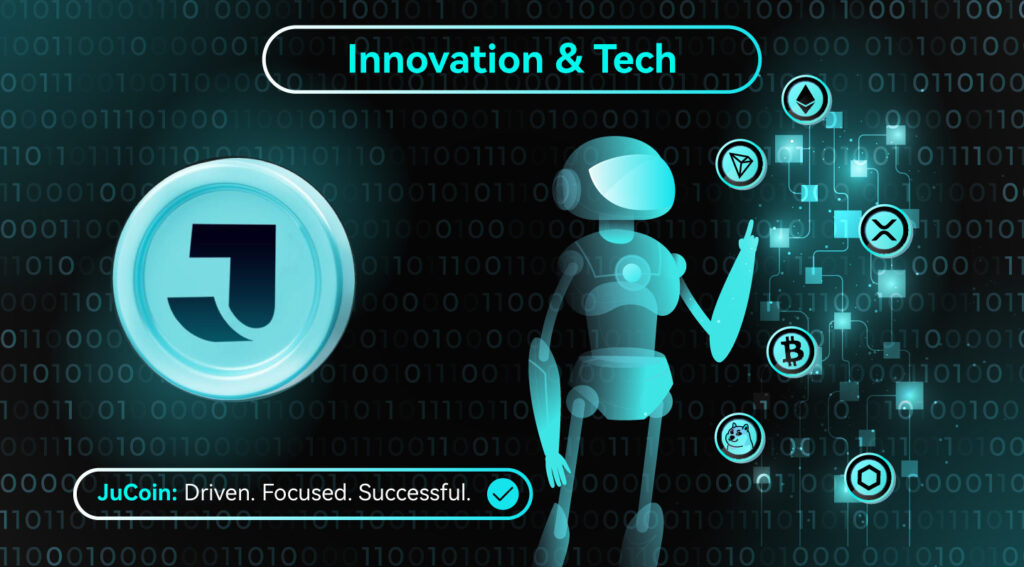
DeAgentAI is building an “on-chain AI agent network” for the Sui ecosystem, emphasizing verifiable identity, continuity, and consensus, with the goal of delivering smarter and more trustworthy AI infrastructure. Its website describes it as the “Largest AI Agent infra on SUI/BSC/BTC,” and public docs outline the protocol, roadmap, and token design. This Innovation and Tech article summarizes the architecture, tokenomics, and roadmap, and lists trackable metrics.
Summary: DeAgentAI uses “agent identity + orchestrated consensus + long-horizon incentives” to plug AI agents into on-chain economies, and publishes token release and milestone cadence via open documentation.
What problem is DeAgentAI solving?
Traditional AI apps struggle to achieve on-chain identity attestation, state continuity, and incentive alignment, which breaks the value loop. DeAgentAI treats the “agent” as a first-class citizen, recording identity, memory, and contribution on-chain so that inference tasks, collaboration, and revenue sharing become native to the protocol. For developers and institutions, this promises to bring private-domain capabilities into an auditable execution environment with standardized interfaces for trading, custody, and settlement—lowering integration costs across heterogeneous stacks.
How do DeAgentAI’s technology and architecture realize “trustworthy AI + on-chain”?
The core is a composable agent infrastructure. Each agent receives an on-chain identity and state container—making it “memorable, traceable, and auditable.” Through orchestration and consensus, multiple agents can form verifiable collaboration flows that reduce uncertainty from black-box inference. Public materials and tech blogs present designs for distributed decision-making/consensus and multi-chain login/payment adapters. The exposed interfaces and SDK help unify task scheduling, feedback, and accounting at the protocol layer.
How are agent identity and continuity implemented?
DeAgentAI assigns verifiable identities and state containers to agents and records interaction trails via events and memory streams, enabling reusable context and reputation. This underpins complex tasks (multi-turn, multi-party/agent cooperation).
What does orchestrated consensus bring?
Using “AI pre-judgment + multi-agent voting/arbitration” as a lightweight consensus, DeAgentAI seeks a cost-aware way to increase result credibility, binding rewards/penalties to the process and incentivizing high-quality contributions.
What does the token do in the system? How is value captured?
According to DeAgentAI’s Medium, tokenomics follow a “long-term emission + participation incentive” framework: a fixed cap of 1 billion with ~20-year release, balancing value preservation and participation. Emissions and allocations tie to contributions, nodes, and ecosystem incentives—establishing “do work, earn rewards; low-quality gets slashed.” For value capture, the key is mapping real usage (compute/bandwidth/data/services) to token inflows (fees, staking, redistribution), strengthening correlation between protocol revenue and token demand.
Supply and emissions: how is the long-term curve designed?
Docs state a 20-year release schedule with a 1 billion cap to mitigate short-term supply shocks while ensuring a predictable incentive pool for the ecosystem and nodes. Specific splits and ratios should follow the official whitepaper and launch notices.
Use cases and incentives: how does the token enter the business loop?
Typical flows include agent/node staking and access; task/data contribution rewards; governance/parameter voting; and potential fee discounts/buybacks (subject to future whitepaper and proposals). The core is letting real consumption drive token usage and retention.

Ecosystem partnerships and DeAgentAI’s position in Sui?
Within Sui, DeAgentAI positions itself as the “largest AI infrastructure project,” having announced strategic financing from multiple institutions and a strategy to co-build “AI Agent on-chain applications” with leading DEX/infrastructure teams. Such capital and partners can bring scenarios, traffic, and market-making/tools; conversion to sustained on-chain usage and revenue depends on SDK usability, developer retention, and delivery speed.
Roadmap & milestones: what to watch in the next 3–6 months?
Priorities to track:
-
SDK/client usability and developer integrations;
-
Node/Worker economics parameters and actual participation;
-
Transparency of token/airdrop and governance;
-
Mainnet/staking progress and cross-chain adaptation milestones.
Per DeAgentAI’s official roadmap, phases include client & SDK release, Node/Worker mechanism public sale, token listing & airdrop, mainnet & staking ecosystem, and building Layer2/scaling solutions.
FAQ
How is DeAgentAI different from typical “AI × Web3” projects?
It abstracts the agent itself as an on-chain actor with identity, memory, and orchestrated consensus, making auditing and settlement native at the protocol layer.
Are token parameters finalized?
Docs present a long-term framework: 1 billion max supply with 20-year release. Details follow the whitepaper and subsequent proposals.
Any verifiable external progress lately?
Public reports indicate strategic investment for AI infra and ecosystem collaboration—monitor disclosures and integrations.
How do developers get started?
Focus on the SDK, Worker/Node interfaces, and examples; evaluate whether “identity/memory/consensus” cover your business needs.
Positioning within the Sui ecosystem?
DeAgentAI describes itself as the largest AI agent infra on SUI/BSC/BTC. Paired with Sui’s high performance and object model, it suits high-frequency interaction scenarios.
Key Takeaways
Technology: DeAgentAI hosts on-chain agents via “identity + memory + orchestrated consensus,” easing credibility and settlement challenges of black-box inference.
Token: 1 billion cap, 20-year emissions; incentives around contribution/nodes and governance aim to anchor value in real usage.
Ecosystem: Strategic funding plus Sui ecosystem collaboration; watch developer adoption and retention.
Milestones: In 3–6 months, prioritize SDK/client readiness, Worker/Node participation, and mainnet/staking cadence.
Risk: Closely monitor incentive parameters and release pace, developer retention, and real usage to validate scalable sustainability.




